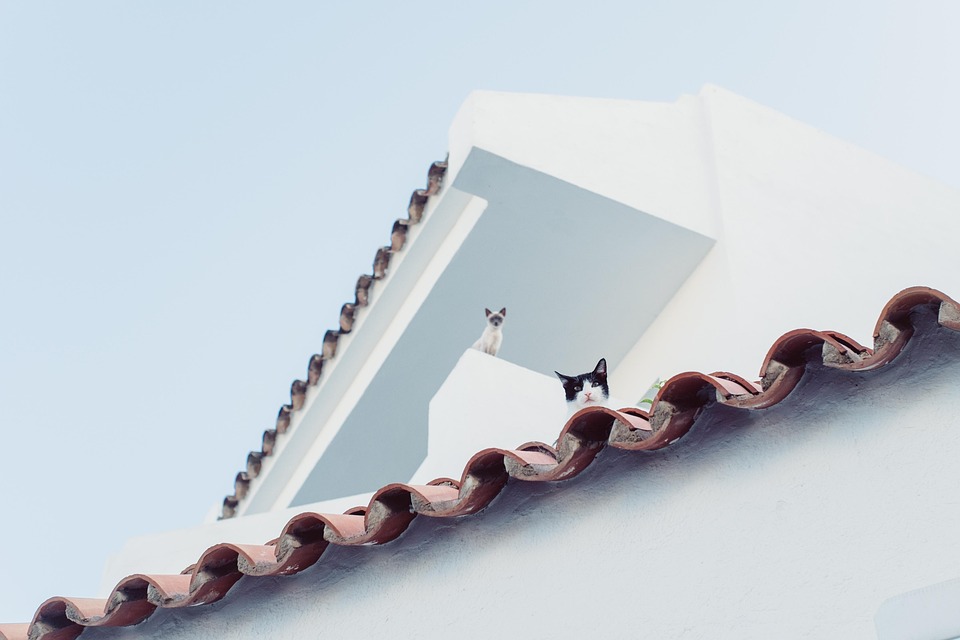
Introduction
As enchanting creatures of mystery, cats have long captivated the hearts and minds of humans. One of the most intriguing aspects of feline behavior is their gaze. A cat’s glance can convey a multitude of messages, from curiosity to affection, and even subtle demands. Understanding these signals can enhance your relationship with your feline friend and improve training outcomes. In this article, we will explore the reasons behind a cat’s gaze, its implications on behavior, and provide actionable strategies to strengthen your bond with your cat.
The Science Behind the Feline Gaze
Cats, like many animals, rely heavily on visual cues to communicate. Their eyes are uniquely adapted to detect movement and changes in light, making them skilled hunters and observers. The feline gaze is a complex interplay of instinct, emotion, and learned behavior. Here are a few scientific insights into the feline gaze:
- Eye Anatomy: Cats have large, round eyes that allow them to capture more light, giving them superior night vision. This biological adaptation also plays a role in their expressive gazes.
- Visual Communication: Cats use their eyes to communicate with humans and other animals. A direct stare can signify dominance or curiosity, while a slow blink is often a sign of trust and affection.
- Emotional Expression: Changes in a cat’s gaze can reflect their emotional state, such as excitement, fear, or relaxation. Understanding these nuances can provide insight into your cat’s mood and needs.
Common Reasons Why Cats Glance at You
Curiosity and Observation
Cats are naturally curious creatures. They often glance at their human companions to observe their actions and environment. This behavior is a remnant of their wild ancestry, where vigilance was key to survival.
Seeking Attention
Cats may use their gaze to capture your attention. If your cat looks at you and meows or approaches you, it could be a request for interaction, such as playtime, petting, or feeding.
Communication
Sometimes, a cat’s glance is a form of communication. Cats may look at you to convey a message, such as alerting you to an empty food bowl or a closed door they wish to pass through.
Affection
A slow blink followed by a gentle gaze is often referred to as a “cat kiss.” This gesture indicates trust and affection, and you can reciprocate by slowly blinking back.
Assessing Safety
Cats may glance at you to ensure their environment is safe. If they perceive you as a protector, they may look to you for reassurance in unfamiliar or stressful situations.
How the Feline Gaze Shapes Behavior
Understanding the reasons behind your cat’s gaze can have a significant impact on their behavior and your interactions with them. Here are ways in which the feline gaze influences cat behavior:
- Building Trust: Responding positively to your cat’s gaze can help build trust and strengthen your bond. When your cat sees you as a source of comfort and security, they are more likely to exhibit relaxed and affectionate behavior.
- Facilitating Training: The gaze can be a powerful tool in training. By maintaining eye contact, you can capture your cat’s attention, making them more receptive to commands and cues.
- Understanding Needs: By paying attention to your cat’s gaze, you can better understand their needs and emotions. This awareness can help you address issues such as stress, boredom, or hunger, leading to a more harmonious household.
Actionable Tips and Strategies to Enhance Cat Behavior and Training
Engage in Interactive Play
Use your cat’s gaze as a cue to initiate play sessions. Interactive toys that mimic prey, such as feather wands or laser pointers, can capture your cat’s attention and satisfy their hunting instincts. Regular playtime helps reduce boredom and promotes physical and mental stimulation.
Practice Positive Reinforcement
When your cat gazes at you, seize the opportunity to reinforce positive behavior. Use treats, praise, or gentle petting to reward them for desired actions, such as using the litter box or scratching a designated post. This approach encourages repetition of good behavior.
Communicate Through Slow Blinking
Reciprocate your cat’s affection by engaging in slow blinking sessions. This non-verbal communication helps strengthen your bond and reassures your cat of your love and trust.
Create a Safe Environment
Ensure your home is a safe and secure environment for your cat. Pay attention to their gaze to identify areas of concern, such as potential hazards or sources of stress. Providing cozy hiding spots and vertical spaces can help your cat feel more secure.
Observe and Adapt
Take note of patterns in your cat’s gaze and behavior. If you notice changes, such as increased staring or avoidance, it could indicate an underlying issue. Be proactive in addressing these changes by consulting with a veterinarian or a cat behaviorist if needed.
Conclusion
The feline gaze is a window into your cat’s world, offering valuable insights into their emotions and needs. By understanding and responding to these visual cues, you can enhance your relationship with your cat, improve their behavior, and create a harmonious living environment. Remember, each cat is unique, and it may take time to fully understand their individual signals. With patience and attention, you can decode the feline gaze and unlock the secrets to a deeper connection with your feline companion.







